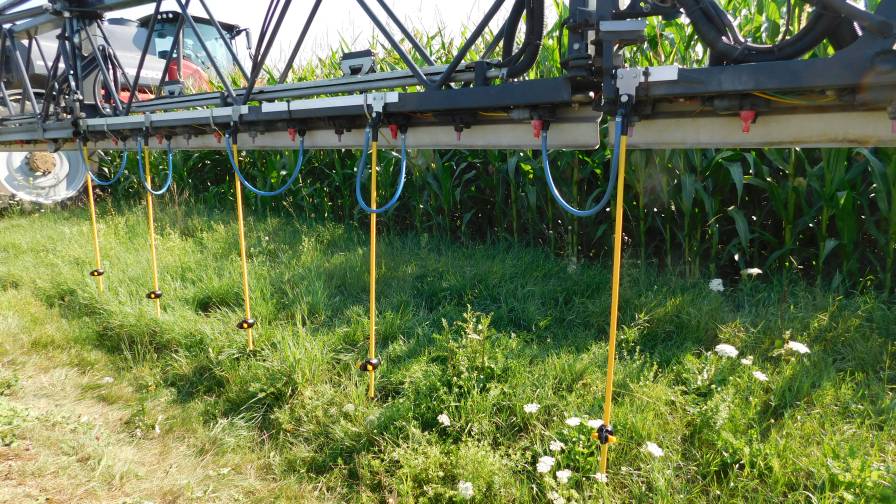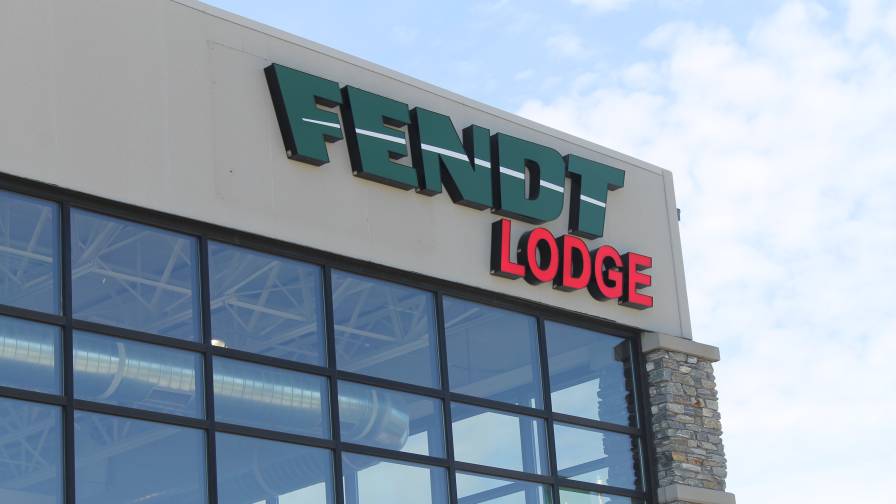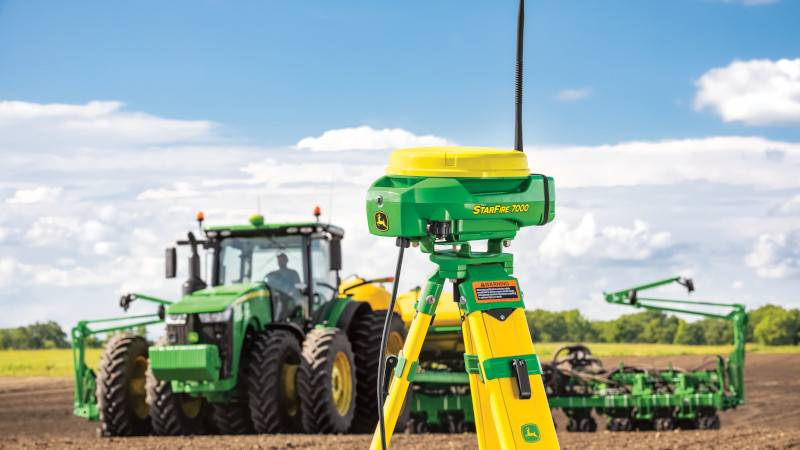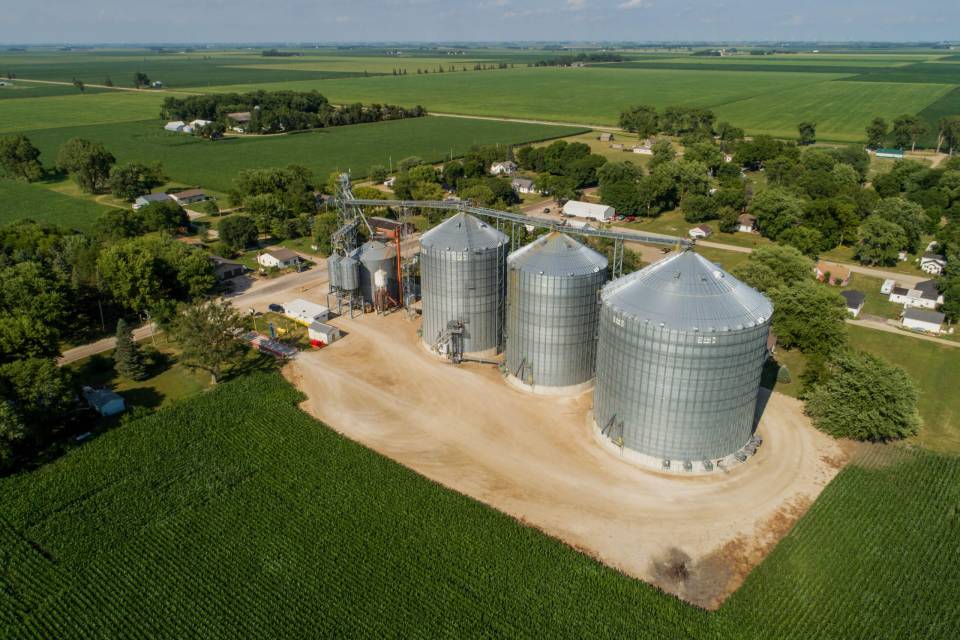State Of Agriculture: Irrational Exuberance Or The New Normal?
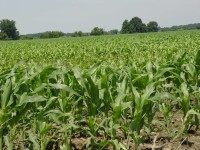
Today, as exemplified by the Midwest ag marketplace, corn prices are approaching $7.50/bushel, land rents are pushing $350-400+per acre levels and prime farmland has reached $10-13,000/acre. In the first article of this series in CropLife® (Is Agriculture Facing A Bubble?), we raised the issue of whether these ag marketplace indicators reflect “irrational exuberance” or a “new normal”. Is agriculture facing Ag Bubble 2.0, reflecting “irrational exuberance” in the corn fields?
Agriculture has always been driven by optimism. However, those farmers and ag business people operating across a broad spectrum of markets tied closely to the farm gate (including ag dealers, distributors, and basic suppliers of crop inputs), that have been able to consistently and profitably capitalize on changing marketplace conditions, recognize the importance of optimism, tempered by marketplace “realism”.
Critical to this “realism” mindset is the recognition of three key frameworks:
Ag Commodity Markets Reflect More Than Supply/Demand. Ag commodity markets (e.g., corn, soybeans, wheat, and cotton), as well as farmland values are not only driven by market fundamentals, but also by human behavior and the psychology of crowds. There is the growing realization that price movements for ag commodities have been accentuated by the “financialization” of futures markets. Investors’/speculators’ growing appetite for ag commodity investments has magnified price movements, and more closely aligned the movement of ag commodity futures prices with financial equity markets.
Ag Commodities Markets are Influenced by Cycles. Macro (economic) and micro (ag industry) drivers have become much more globally complex. Their growing connectivity has accelerated the speed of change and created greater volatility in ag markets. It is important to understand where agricultural markets sit at any point in time, from both a short- and long-term cycle perspective.
Value of a Risk/Reward Focus. Critical to ag business decision making is to need to constantly assess, on a risk/reward basis, key indicators of the financial health of the commodity side of agriculture, and most importantly, their financial inter-relationships. It is critical, from a financial risk perspective, to understand when prices and values become dramatically distorted, either above or below intrinsic values.
Simplicity Out of Complexity
The key question is whether agriculture, exemplified by U.S. Midwest agriculture, currently faces Ag Bubble 2.0, and if so, do the causal driving factors suggest that “risk” far outweighs “reward”. We believe the answers lie in a mindset that focuses on creating “simplicity out of complexity”, recognizing the complexity and interplay of key macro (economic) variables and key micro (ag industry) dynamics.
Although the dynamics we are discussing will impact, in varying degrees, all major commodity crops (key backbone to U.S. agriculture), we have focused on the most profitable commodity crop, corn, the key driver of crop profitability and farmland values in Midwest agriculture.
The outlook for the U.S. ag economy is inextricably tied to U.S. and global macro forces, focusing on four key economic variables:
1. Economic Growth. Ag demand is expected to show moderate growth reflecting the dual speed growth dynamics of the two major global blocks. The industrialized world (U.S., Europe, and Japan) is expected to suffer from an extended period of subpar growth. Developing economies (e.g., China, India, and Brazil) are facing slowing growth and persistent inflation.
2. Inflation. Despite global commodity inflation, overall inflation levels in the U.S. and the industrialized world are expected to remain moderate (2-3%), while developing economies are tightening policies to battle excessive inflation.
3. Interest Rates. U.S. interest rates, as exemplified by 10-year U.S. treasuries, which have reached record lows of 2.0%, are important to farm profitability, due to their impact on working capital costs and fixed assets/farmland acquisition costs. Interest rates are expected to stay low in the near-term, but will be subject to significant increases to more normal levels in the intermediate term, as easy Fed policy is reversed and U.S. economic growth strengthens over the intermediate term.
Importantly, the dramatic decline in interest rates from the mid-1980s has been an important positive value driver to farmland values, through the lowering of capitalization rates. While it is only a matter of time, the expected rise in interest rates, which will increase capitalization rates, will be a significant driver of farmland value deflation. Therefore, from a farmland value risk perspective, one has to simply ask oneself, is there a greater chance for interest rates to go higher or lower in the not too distant future?
4. The U.S dollar. The long-term decline in the value of the U.S. dollar has been a major positive for crop prices and foreign demand, which in turn, has boosted crop profitability and farmland values. However, a negative for commodity prices has been the recent strengthening of the U.S. dollar due to investors’ focus on its relative safety compared with other currencies, given current global economic turmoil. Despite expected volatility, the U.S. dollar could strengthen over the intermediate-term, in response to rising relative interest rates, as well as potential meaningful U.S. action to shrink the long-term U.S. budget deficit. A fundamental strengthening in the value of the U.S. dollar would be a major negative value driver for agriculture.
The table on this page shows our view of the direction and intensity of key macro (economic) indicators and their expected impact on key ag-industry indicators of the future financial health of agriculture (emphasis on Midwest agriculture), most notably, crop prices, profitability (using corn as an example), and farmland values. We will update this table periodically in future articles in this series, should marketplace dynamics diverge from our expectations.
Understanding The Risks
Market and financial bubbles reflect unsustainable price increases that dramatically overshoot fundamental or intrinsic values, which are driven by over-optimism and a simple view that “the trend is your friend.” However, critical to understanding risk/reward dynamics is anticipating a fundamental change in the direction of key market drivers and assessing the magnitude of the downside risks and upside potential to crop prices, profitability, and farmland values.
Despite the complexity of today’s macro/micro environment, we believe a key insight can be gained through a simple focus on back to basics, “Economics 101”, and recognition of what past cycles can teach us. Namely, the key driver of Ag Bubble 2.0 over 2010-2011, which could extend into early 2012, is very different from the key driver of Ag Bubble 1.0, which occurred over 2007-2008.
The Demand Side
Ag Bubble 1.0 (2007-2008) was driven primarily by strong multi-year global demand, which was boosted by biofuel demand, especially in the U.S. Prices for many ag commodities reached record levels, as exemplified by corn prices reaching a peak of close to $8.00 per bushel in mid-2008. As a result, corn profits per acre increased to record levels in 2008, as crop prices surged beyond cost increases.
Even before demand fell due to the “Financial Armageddon” of 2008-2009 that besieged the U.S and the global economy in 2008’s second half, actual corn demand was being negatively impacted by the impact of high corn prices on major end users. Almost overnight, profitability collapsed to near breakeven levels in 2009, as crop prices declined dramatically more than costs. Despite the fall in ag commodity prices from mid-2008 to mid-2010, farmland values, declined only modestly due to the value support from the dramatic fall in interest rates.
The Supply Side
In contrast, Ag Bubble 2.0 which has once again resulted in near record crop prices, expected record profitability in 2011, and a continued surge in farmland values, has primarily been driven by weather induced production shortfalls. In addition, improved corn affordability by major end users (feed and ethanol), suggests that corn prices could rise further to ration demand for this year’s short crop and add to the incentive to dramatically expand U.S. and global corn acreage in 2012. As a result, corn prices could possibly challenge the previous peak of near $8.00 per bushel over the next 6-8 months.
Should U.S. farmers plant 93-95 million acres of corn in 2012, in addition to expanded acreage globally, and weather conditions permit normal yields, the vengeance of the supply side of “Economics 101” suggests that Ag Bubble 2.0 could dramatically deflate, catalyzing rapid downside vulnerability in prices and profits. The magnitude of potential crop price declines, especially for corn, will depend on the global “battle for acres” in 2012, given supply/demand dynamics and high prices for many competing crops. Corn prices could decline to the $4.25-5.25 per bushel range as the 2012 crop unfolds.
While corn prices will have moved to a new plateau, corn profitability could dramatically decline to near-break-even levels in 2012-2013, the result of a potential dramatic margin squeeze, as prices decline more rapidly than costs.
Farmland Value Vulnerability
The confluence of both short- and long-term cycles suggests there are significant downside risks to farmland values. With significant downside risks to corn (and other crop) prices and profitability, risk/reward suggests that farmland values could peak in late 2011-early 2012 and dramatically decline over the intermediate- and longer-term. The key driver will be declining prices for corn and other crop, catalyzing a dramatic profit squeeze in 2012 (for those farmers that have not captured current high futures’ prices), which will likely continue into the post-2012 period.
In addition, two additional downward value drivers to farmland values are the longer-term outlook for interest rates and the value of the U.S. dollar. Although it is only a matter of time (even if the U.S. Fed engineers additional monetary measures in the near-term that would extend current low interest rates), interest rates are expected to move up from current abnormally low levels. Rising interest rates will dramatically increase capitalization rates, leading to declining farmland values, unless there is a sharp rise in farm rents, which is unlikely. Additionally, the impact of a potential strengthening of the U.S. dollar in response to a fundamental improvement in U.S. relative economic growth, will negatively impact crop prices, foreign demand affordability, crop profitability, and indirectly, farmland values.
Key Wild Cards
In agriculture, it is important to always recognize “wild cards”, since many key drivers are outside agriculture’s control. We believe the two key wild cards that could impact our outlook are “weather” (return of La Nina), and “China” (sharper economic slowdown), apart from the growing risk that the U.S and Europe could slip into renewed recessionary conditions in 2012, which, by itself, would deflate Ag Bubble 2.0.
We will deal with both issues in detail in the next article in this series. However, how quickly Ag Bubble 2.0 deflates in 2012-2013 will depend on the global acreage response to higher prices and an assumed lack of major weather distorted production shortfalls in 2012.
La Nina conditions have returned and are expected to gradually strengthen and continue into the winter of 2011-2012. While strong La Nina conditions (2010-2011) have been typically followed by relatively weaker La Nina conditions, not all La Nina years negatively impact production in the Midwest. An example is the extended La Nina conditions from spring 1973 to spring 1976, during which corn yields were negatively impacted only in 1974.
It is only a matter of time until the supply side of “Economics 101” dominates and Ag Bubble 2.0 deflates.
